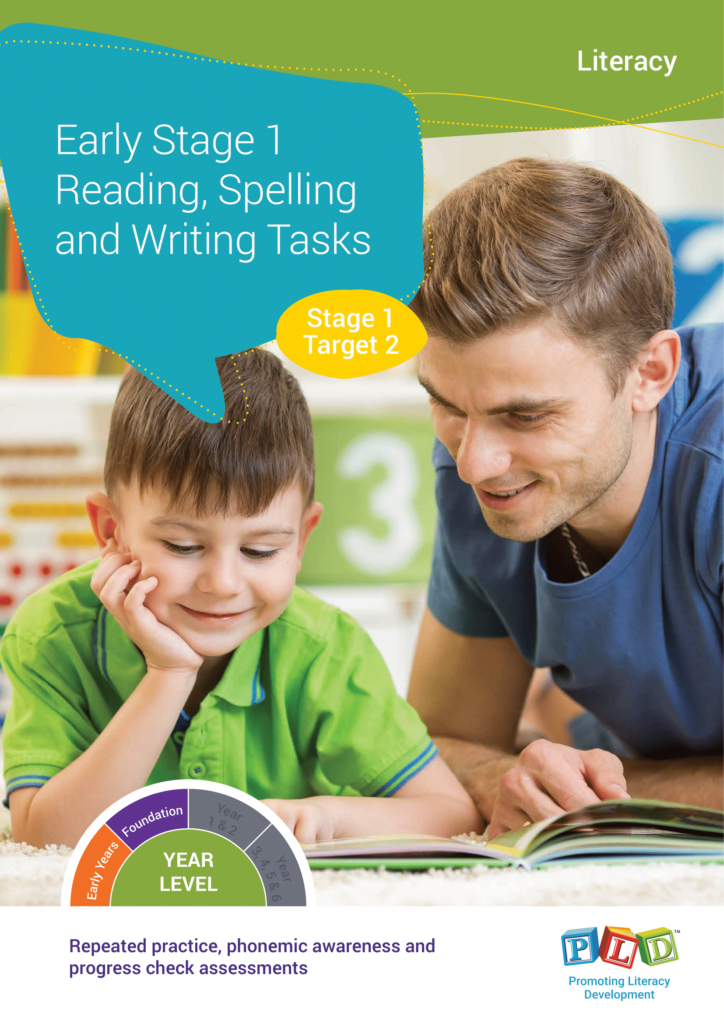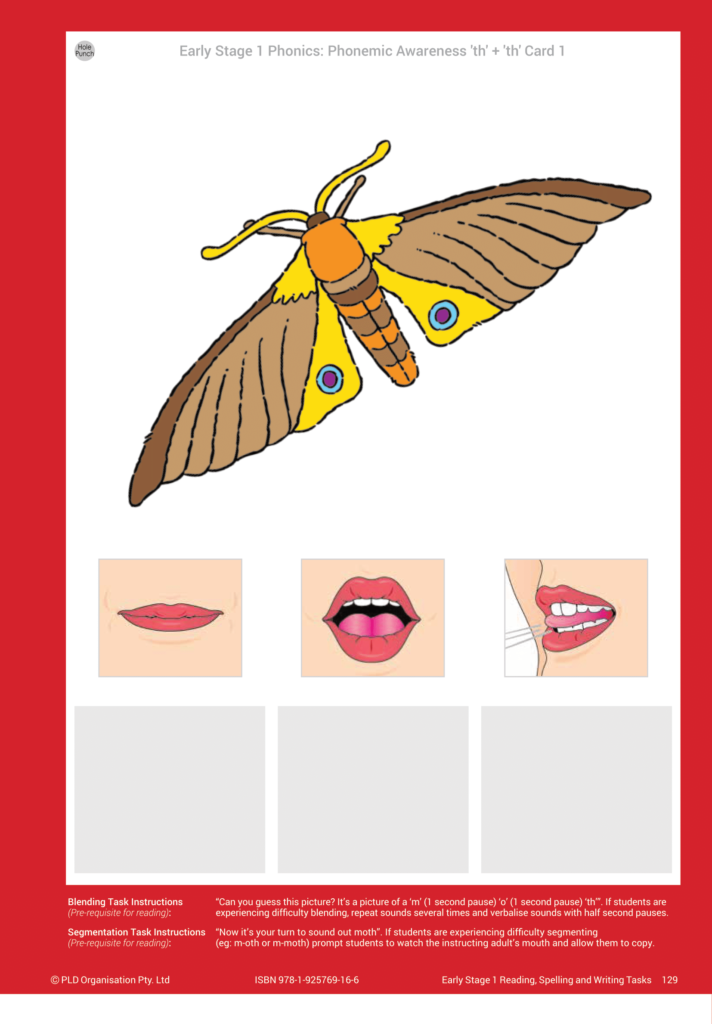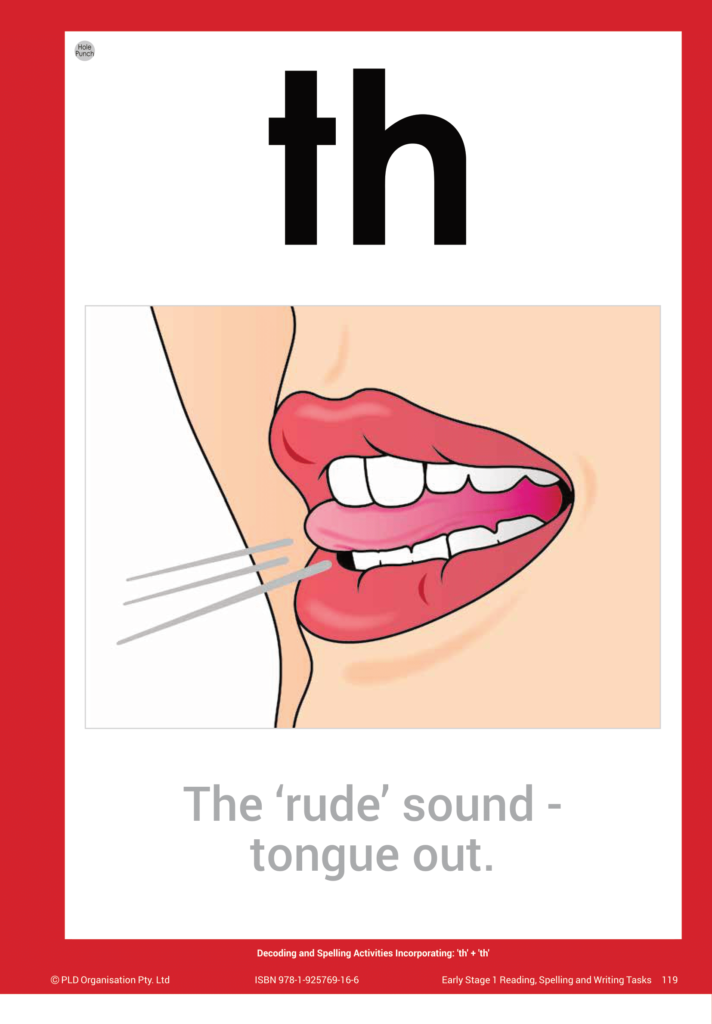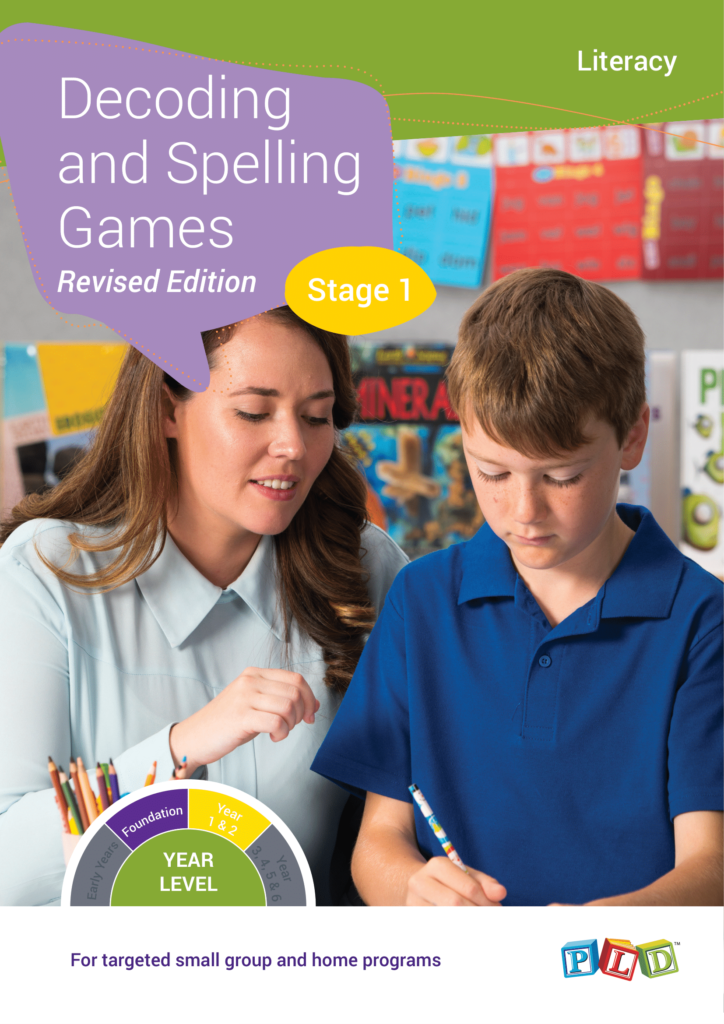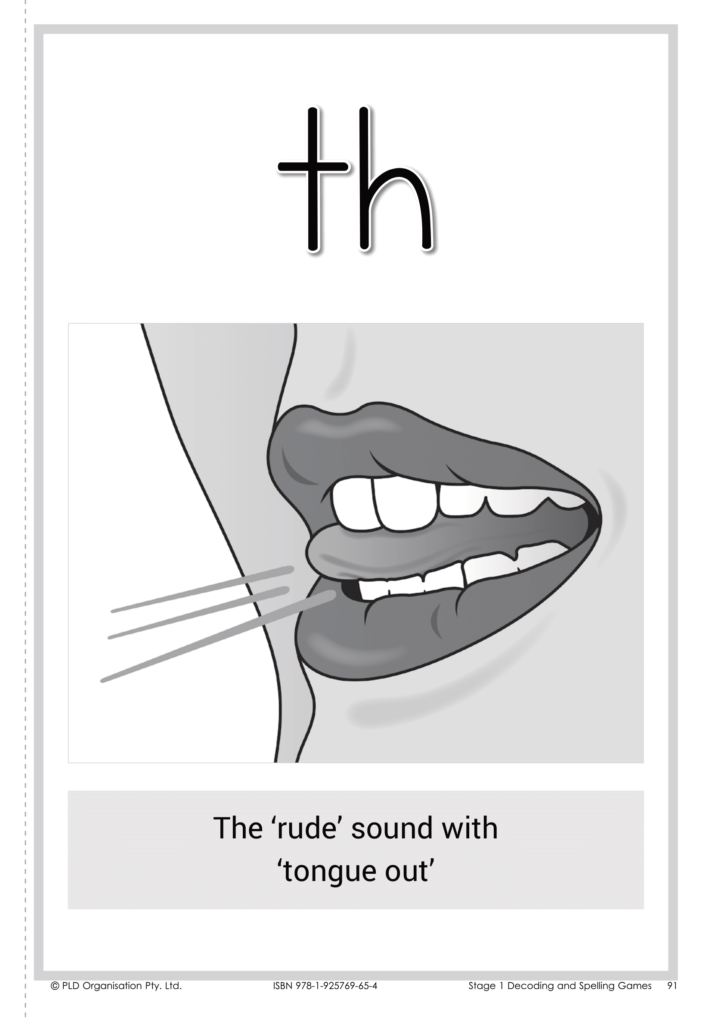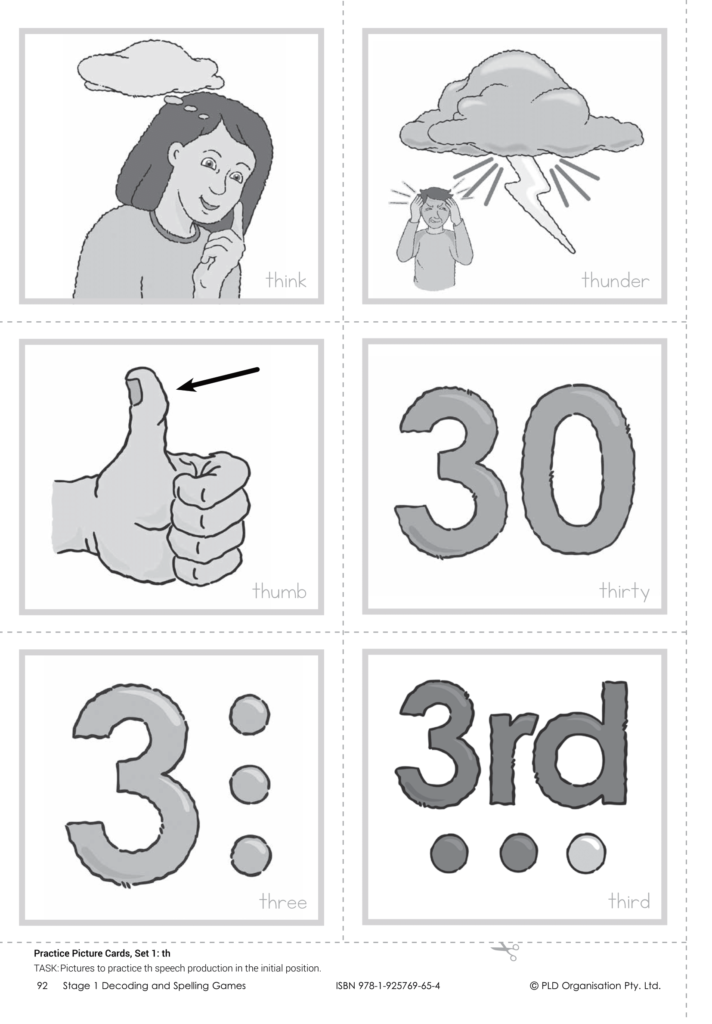At what age should children be able to aurally discriminate between “th” and “f”? This is a great question which we are often asked. The aim of this post is to help provide strategies which you can adopt when working with children who struggle with the differences between these sounds.
/F/ and /th/ sound confusion is common and can be a challenge for some students.
PLD’s Speech Sound Development Milestone Sheet outlines the time sequence over which speech sounds should be acquired. According to this time frame substituting /th/ in words for /f/ [e.g. free for three] but also at time for /d/ [e.g. that for ‘dat’] and /v/ [e.g. brother for ‘bruver’] is an acceptable error up until 8 years of age. This time has been established by Speech Pathology Australia. Hence mispronunciations’ are permitted in students 7 ½ years and younger. PLD also has a screen of speech sound production that may also be of use: Speech Development Screen
On a practical level, it is often by Term 2 Year 1 that students need to be able to apply the phonic concept ‘th’ in their decoding, spelling and writing. Mispronunciations still evident from Term 2 Year 1 will mean that students will struggle acquiring and applying the phonic concept ‘th’. The Term 1, 2, 3 and 4 literacy milestones can be downloaded from the following link: Implementing PLD’s Resources within a Whole School Literacy Strategy
Due to the demands of literacy and the curriculum, I suggest that ‘th’ speech sound production and ‘th’ discrimination is established earlier than 8 years; by Term 2 Year 1 to be exact. I realise this conflicts slightly with the Speech Pathology Australia milestones, but curriculum success requires a slightly earlier uptake.
You may wish to check out these resources:
Reading and Spelling with Early Stage 1 Phonics (Code: Bph1)
If you download the sample pages and watch the video clip. Both give a quick insight into the difficulties a number of students experience when working towards the acquisition of ‘th’ and insights into the explicit instruction and the hearing, speaking, sounding and ultimately the reading and spelling with this phonic concept.
What the video does not show, is that this resource also contains a range of pictures which can be used purely as speaking practice. (e.g. don’t say “fink” the word is “th-ink”.) The point is that the speaking needs to be established first before progressing onto the spelling, reading and writing tasks. Some students take several weeks to master just the speaking of the ‘th’ in words. The feedback I have had is that the word cards are very useful. It is ideal to present multiple of the speaking and hearing the sound cards and get the positive discrimination and articulation well before you tackle the application of ‘th’ to literacy tasks.
Single Word Decoding and Spelling Games (Code: Bsw1)
This resource also has some useful exercises and ‘th’ speech production practice cards (as well as the decoding and spelling tasks.)
I would suggest that you see if the school has these resources as these will assist your students and provide you with materials to explicitly instruct ‘th’ speech sound production in words, ‘th’ phonemic sounding out of words and ultimately ‘th’ applied to literacy tasks.
Of course, if you wish to wish to discuss this further, please contact us on Facebook, by Email of by Phone.
Wishing you teaching breakthroughs, Diana
About PLD Literacy
PLD provides an Australian, evidence-based approach to Structured Synthetic Phonics (SSP) for primary school educators. Aligned with the Science of Reading, PLD’s SSP approach extends from the Junior Primary years through to the Upper Primary years and thereby facilitating a whole school approach.
PLD’s method is derived from the disciplines of speech pathology, occupational therapy and education. As an Australian publisher and professional development provider, PLD advocates that literacy and learning outcomes are maximised for children when their Literacy, Oral Language and Movement & Motor skills are targeted.
PLD’s Structured Synthetic Phonics Teaching Overview
PLD’s Structured Synthetic Phonics (SSP) program is an Australian evidence-based whole-school offering that is aligned with the Science of Reading. The PLD teaching sequence commences with initial (simple) code and gradually introduces extended code. All of the PLD programs are supported by downloadable teaching sequences and companion screening and tracking manuals for each primary school year level; Early Years, Foundation, Year 1 & 2 and Year 3, 4, 5 & 6.
AUSPELD Recommends PLD Programs
PLD has a positive working relationship with SPELDs in various states. Many of the SPELDs have been supplied with a full collection of the PLD programs for their libraries and PLD also collaborates annually with workshop presentations throughout Australia.
AUSPELD provides recommendations on evidence-based programs that are backed by current research, linked to improved academic results and supported by independent reviews of the effectiveness of the program. This allows schools to make informed choices on the programs they implement and thereby preventing the number of students with a dyslexia diagnosis.AUSPELD applies the three-tier approach to implementing Structured Synthetic Phonics (SSP) in schools. This is explained here.

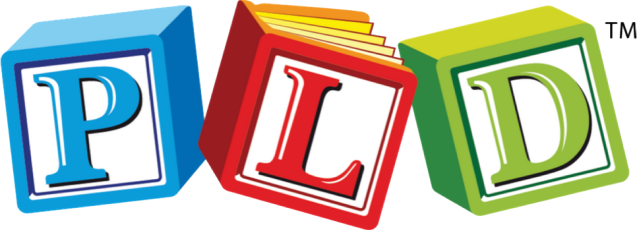

 print
print